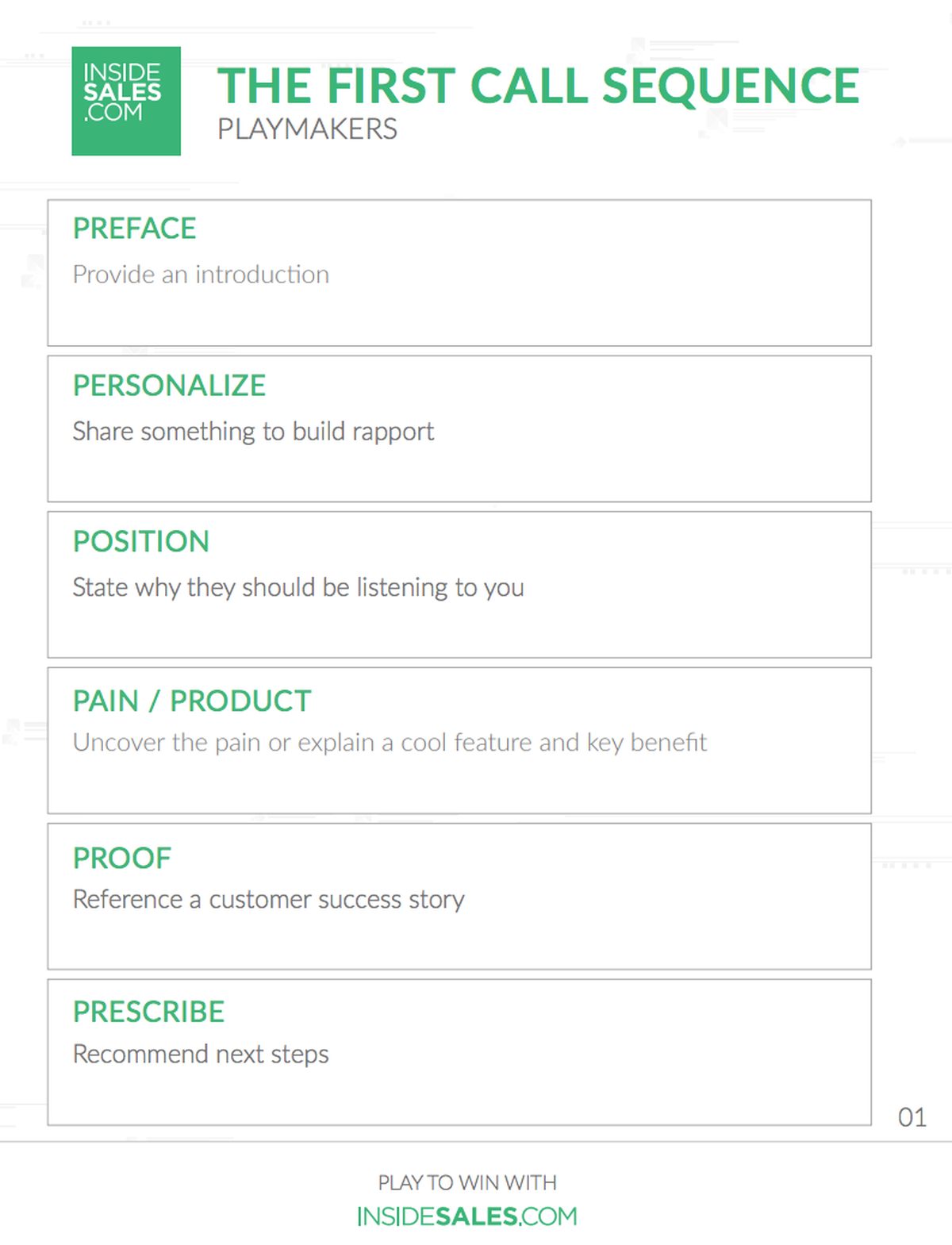Cold Calling Is NOT Dead: How We Built 1.1M In Pipeline Using The Phone
Some people may say that cold calling is dead, but for me, it definitely is not. Here’s why.
In this article:
- Is Cold Calling Dead? How Cold Calls Can Help Sales Teams Build Pipeline
- Cold Calling Using Artificial Intelligence
- Traditional Cold Calling vs Cold Calling with AI
- The Cold Call Experiment
- The 6 P’s of a Prospecting Call
- Using the P’s for Cold Calling Success
- The Future of Cold Calling
Cold Calling Is Dead? Not When Done Right!
Is Cold Calling Dead? How Cold Calls Can Help Sales Teams Build Pipeline
I’ve been tasked with building $100M in sales pipeline this year. It’s all perspective, but for me and my team, that seems like a big number.
And I’m not alone in this thinking.
Recent research by XANT Labs, the research and best practice arm of XANT, showed that the biggest challenge facing sales leaders, behind people issues, was building pipeline. In fact, 62% of leaders say building pipeline is harder than closing pipeline.
In 15 years of being in sales, I have learned there is no secret weapon when it comes to filling the sales funnel. You can’t bet on having a million dollar deal land in your lap every month, so you must find strategies and methods to slowly chip away at your number.
When deciding how to attack the pipeline goal this year, I’ll be honest in saying that cold calling was NOT a strategy that made the top of my list. Still, cold calling is not dead.
When you hear about cold calling, your first thought is probably of a telemarketer who grabs a phone book, calls you during dinner time, and hopes for a one-call close. If you’re anything like me, then that doesn’t sound like a strategy, it sounds like an annoyance.
Salespeople have unfortunately been cold-calling for decades, mostly due to lack of a better method. Thankfully, in recent years the art of cold calling has evolved for improved sales calls. Sales technology has made things a lot easier for sales reps and a lot less painful for the customer.
Cold Calling Using Artificial Intelligence
Artificial Intelligence Definition: This is the development of intelligence in machines normally exhibited by humans.
Today, companies have transitioned to digital sales and are using a concept called cold calling with artificial intelligence (AI). Cold calling with AI turns sales calls on its head, allowing sales professionals to target only interested individuals and personalize their message accordingly.
Here’s how AI makes cold calling different.
Traditional Cold Calling vs Cold Calling with AI

Cold calling enhanced with AI technology
Now, when you explain cold calling like that, it sounds more interesting but does this method produce results? You can’t know until you test it out so… that’s exactly what we did.
Sales is often too much about what people think is effective versus what is actually effective, and it has damaged the entire industry. Rather than believe cold calling is dead because of what others say, we thought we’d gather a small group of individuals and test it out.
I’m not a scientist or a statistician, but I know when something is producing pipeline… and when it is not.
The Cold Call Experiment
For our experiment, I worked with seven sales development reps. They weren’t happy with the idea initially, but they agreed when I explained this wasn’t going to be the typical cold calling exercise.
We ended up doing 1,468 phone calls to contacts within our target accounts. Sales reps had 151 meaningful conversations for a conversation rate of 10.3%.
In our research, we found that the average sales development rep has 74.2 accounts and does 17.2 minutes of research per account. That’s 21 hours of research and a whole lot of time!
We wanted to figure out if there was a better way to manage that process, and it turned out there was. Rather than have the rep spend precious time searching for data, we found technology could bring the relevant insights to the rep so they could see important information about the company and the contact as the call was being made.
Knowing who to call, having the right phone number, and understanding who the prospect was were the first big steps. The next big step was what to say when the prospect picked up the phone.
RELATED: A Guide to the Basics of Cold Calling
The 6 P’s of a Prospecting Call
People who say cold calling is dead, probably haven’t evolved with the times yet.
I receive cold calls from sales reps and rarely do I feel the rep knows what to say. Here’s where they usually go wrong.
Reps shouldn’t say the same script every time, and it’s often odd when reps try to bring up things that are too personal to their prospect. This limits chances for a successful lead generation.
Thankfully, there is a middle ground. It focuses on providing reps with permission statements and ideas they can discuss that focus on the problems of the people they are calling. We call this concept “the first call sequence.”
The first call sequence has the following structure:
- Preface – Provide an introduction
- Personalize – Share something to build rapport
- Position – State why the prospect should care
- Pain/Product – Uncover the pain or explain a cool feature and key benefit
- Proof – Reference a customer success story
- Prescribe – Recommend next steps
Using the P’s for Cold Calling Success

Reps don’t use every one of the ‘Ps’ in every conversation. Think of the ‘Ps’ as plays in sports, and depending on how the defense reacts, you run a different play at any given moment.
Here is an example of the first two ‘Ps’ in a prospecting call.
Preface – “John, this is Bill, from Company XYZ. This is a sales call. I hate making these calls as much as you hate taking them, but I wanted to take 30 seconds of your time and tell you why I’m calling. If you like what you hear, we can continue, if you don’t, you can tell me so, and I’ll leave you alone. Sound fair?”
This is the permission statement. You’ll hear different versions of this on the web such as an ‘upfront contract’ from Sandler Training. The basic principle is to be honest and then let the prospect agree or not to agree to move forward in the conversation.
Personalize – “We did a research study with hundreds of sales leaders and their top challenge was building sufficient qualified pipeline.”
Notice we did not personalize around the person but the persona (sales leaders).
We used data we had from our own internal research. The personalization focused around the title and role of the buyer rather than him or her as a person.
This is the structure the team used for our AI-enabled cold calling experiment and results turned out strong.
In total, the team ended up with 42 appointments with qualified buyers. Those meetings turned into 15 strong opportunities for our sales pipeline. Overall, the team produced $1,102,500 of pipeline in one business week through the exercise.
The Future of Cold Calling
If you ever hear critics say cold calling is dead, don’t believe them. As you can clearly see from the example above, cold calling has evolved and changed, but it is still alive and well.
Traditional cold calling is dead, but cold calling with AI is just getting started.
Sales reps need to decide for themselves whether cold calling is still worth it—and whether artificial intelligence can help them accomplish their goals faster and give them a better success rate.
I advocate that salespeople get into the mindset of a scientist and test what communication methods and technologies work best for their customers.
With that said, although our experiment didn’t produce $100M in pipeline in one go, customers responded well to AI-enabled cold calling. Forget other people saying cold calling is dead. Try it for yourself, considering the calling tips I shared here. If you get a call from me sometime soon, know that I’m doing it because it works.
Will you try building your sales pipeline through this method? Let me know in the comments section below!
Up Next: Best Lead Generation Methods for Creating Pipeline

Editor’s Note: This post was originally published on June 21, 2018, and has been updated for quality and relevancy.

